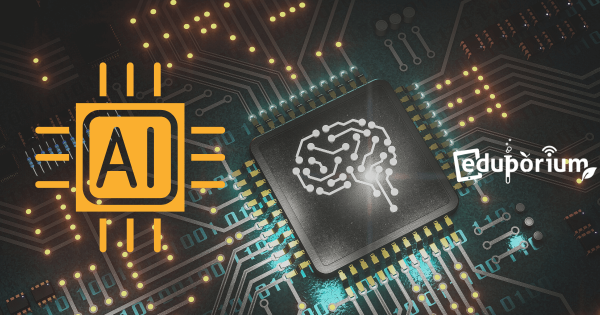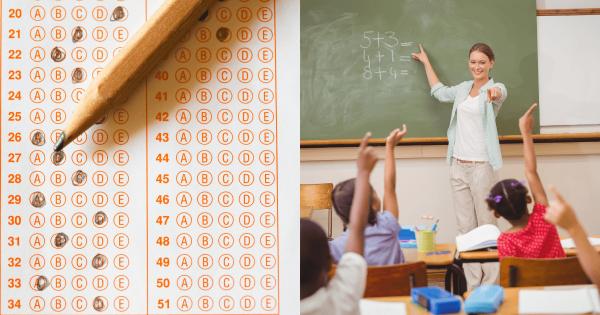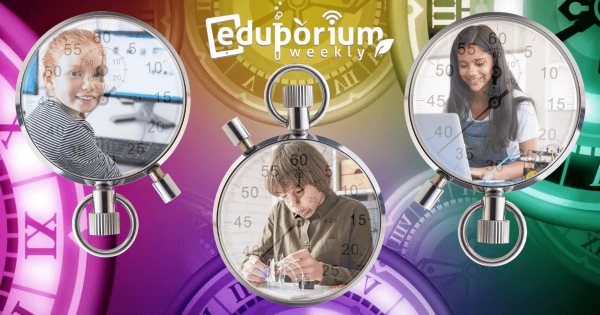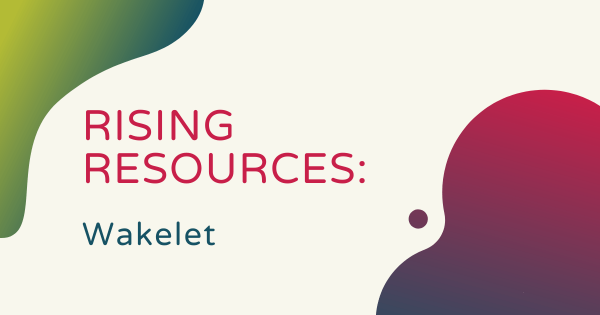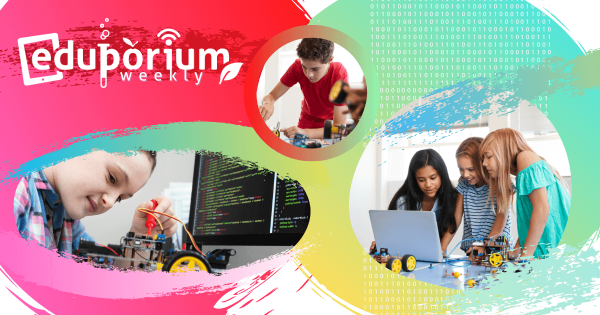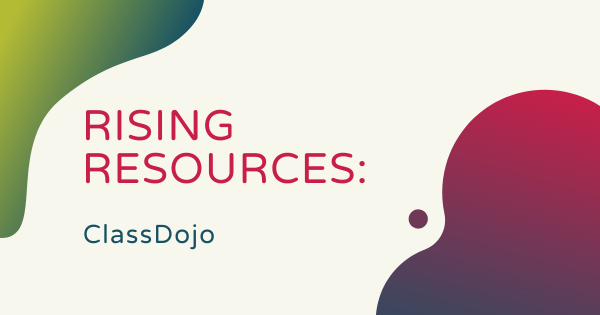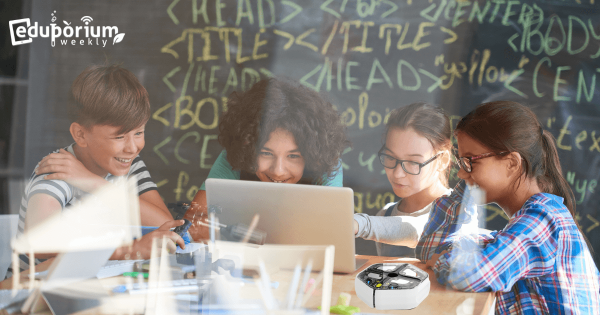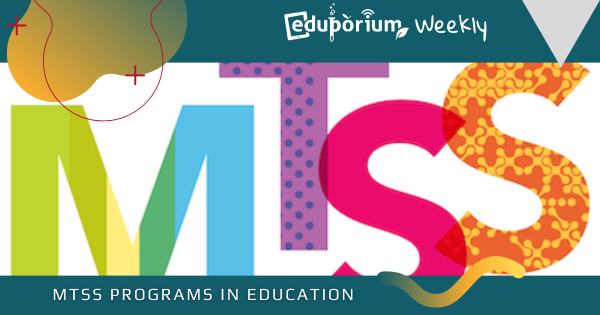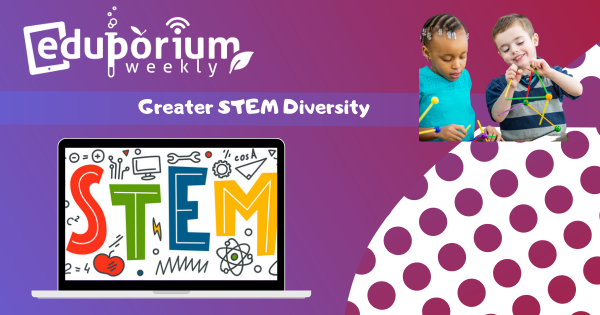The term artificial intelligence typically refers to the computer systems that are capable of efficiently completing tasks that should normally require the use of human intelligence. As educational leaders continue exploring some of the various avenues—popular or not—of bringing it into classrooms, the hope is that it extends educator efficiency and helps student achievement.
Search results for '21st century'
-
Eduporium Weekly | Trying Out A Gradeless Classroom
Every student receives grades and uses them to determine if they did well enough on an assignment, for the quarter, or to move on to the next grade. Of course, this can also create some pressure on students and sometimes lead to shortcomings in their performance. Plus, a letter grade isn’t always indicative of whether or not a student has -
Eduporium Weekly | Some Of The Logistics Of Self-Paced Learning
Self-paced learning is a form of differentiated instruction that teachers can integrate into learning experiences. In self-paced learning, teachers can let their students decide how many lessons they need and how much practice constitutes them mastering something. There are also various instructional techniques you could use and many potentially positive outcomes for kids. -
Eduporium Weekly | Highlighting Child Inventors To Inspire More
It’s not just the seasoned scientists and computer programmers who might invent world-changing and progress-focused solutions. In fact, there’s also plenty of inventive kids and teens out there who have left their mark on the world with both big and small inventions, and some have even contributed to key inventions throughout history. So, let’s learn about a few of them. -
Rising Resources | How To Stay Organized With Wakelet
There’s a good chance you might have already heard of Wakelet, the super popular online organization tool that’s used by a bunch of K-12 teachers. If not, Wakelet is a free service that helps teachers save, organize, and share online content with children and parents. Beyond that, however, its built-in features help make content curation and instruction even easier. -
The Importance Of Consistent Coding Education In Schools
The importance of providing all children with the opportunities to learn key computer science skills is often a really legitimate emphasis among STEM-minded instructors. We know how vital these skills may turn out to be for a larger number of them. Empowering students to learn these skills early and perfect them often could also help open up career opportunities later -
Rising Resources | The ClassDojo Communication App
For this Rising Resources post, we explored the classroom communication app known as ClassDojo. It is quite popular and one of the main reasons it continues to be such a valuable classroom resource is that it really enables educators to move away a from one-size-fits-all model. They can even use it to share content with students, improve classroom culture, and -
Eduporium Weekly | Ideas For Expanding Coding Education
All indications are that coding competencies will continue to open up many promising professional opportunities for today’s students. Coding’s not the only skill that will separate them, however, as we see how soft skills remain equally important but, based on what we see from the workforce, students who build up their coding skills won’t be learning something outdated. -
Eduporium Weekly | Using MTSS Programs In Education
A multi-tiered system of support is an instructional framework that involves three separate tiers. These students will receive instruction and support on a much more general scale in the first tier and then this attention increases in personalization as needed. Simultaneously, instructors use the data and assessments they create to inform what each child needs at each phase. -
Eduporium Weekly | Achieving Greater Diversity In STEM
Diversity efforts, in every area of education and the workforce, should open opportunities for everybody to elevate personal thoughts, talents, opinions, and experiences. As we keep striving to overcome a lack of diversity in the STEM community, it's crucial across all industries and we believe everyone should be open to discovering new points of view and potential solutions.



